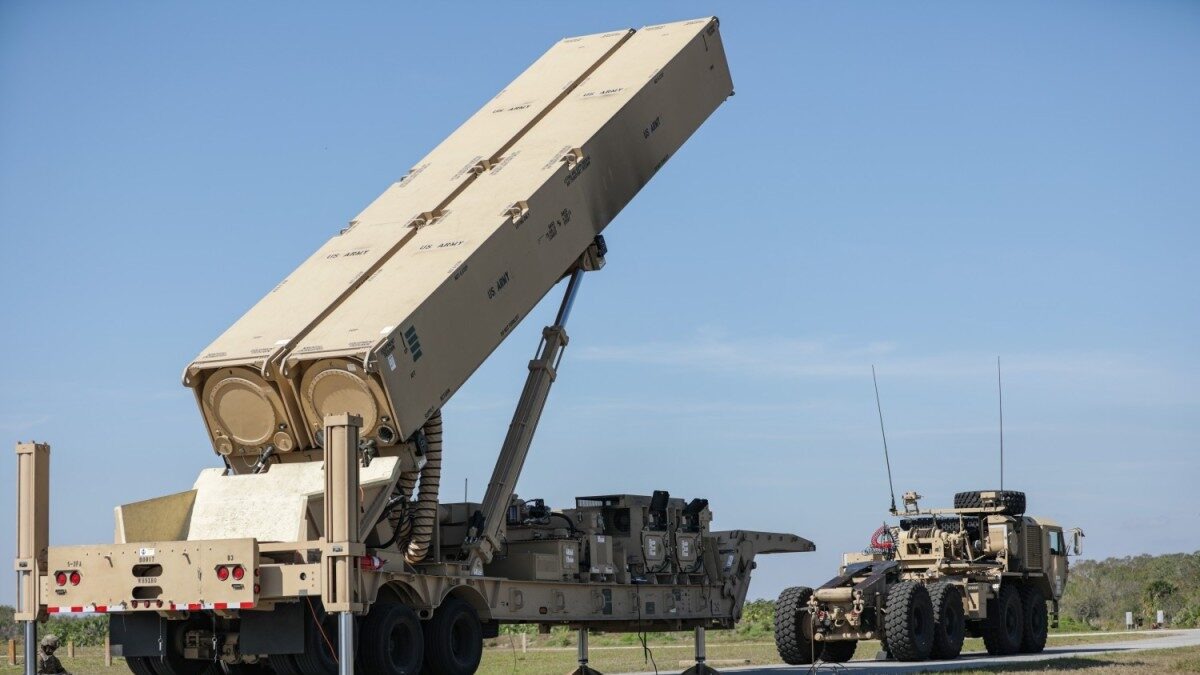Autoridades del US Army expresaron que el programa de armas hipersónicas que lleva adelante esa fuerza continúa vigente, pese a algunas demoras respecto de lo planificado. El programa Long Range Hypersonic Weapon (LRHW), es el desarrollo del US Army para disponer de un misil hipersónico de lanzamiento desde plataformas terrestres. El vector denominado “Dark Eagle” comparte componentes con el proyecto de hipersónicos de la US Navy, particularmente el desarrollo de la cabeza de guerra del misil conocida como Common Hypersonic Glide Body (C- HGB), para su lanzamiento desde plataformas navales. La “carrera” por disponer de armas hipersónicas en condiciones de empleo operacional, entre Rusia, China y EEUU entre otros países, genera opiniones dispares entre expertos. Están quienes afirman que se trata de armas disruptivas capaces de superar los sistemas de Def Ae actuales,y otros que por el contrario, consideran que las inversiones en estos desarrollos son un gasto innecesario, para obtener capacidades que resultan redundantes, frente a los modernos misiles de crucero y balísticos existentes y en servicio.
GLOBAL FORCE 2025 — Senior US Army leaders have not yet blessed a roadmap for getting the delayed Dark Eagle hypersonic weapon into soldiers’ hands, but that decision could be coming shortly, according to a three-star general charged with development.
“We could continue to test it forever, but we had the big testing [event] to allow the Army leaders the decisions to move forward,” Lt. Gen. Robert Rasch, the director of Rapid Capabilities and Critical Technologies Office (RCCTO), told Breaking Defense today. “Obviously, with the new leadership team getting comfortable, I haven’t had a chance to brief out the potential path forward to get that final decision.”
The Army and Navy have been working together on the new conventional Long-Range Hypersonic Weapon designed to be launched from land or sea. However, testing and development woes — including a mechanical engineering problem with the launcher — slowed down the program.
But in December, the sister services claimed a “successful” end-to-end flight test with the weapon from Cape Canaveral Space Force Station, Fla.
Shortly thereafter, senior political appointees, including the Army secretary and acquisition head, were swapped out as part of the transition from the Biden to Trump administration. Now, Daniel Driscoll is seated in the service’s top civilian post as other posts are slowly filled.
“We continue to move down the path we were on,” Rasch said on the sidelines of the Association of the US Army Global Force conference. “But as far as decisions on when we field, when IOC [initial operational capability] will be, etcetera, those have to be vetted.”
Dark Eagle uses a land-based truck system to fire rounds capable of traveling “well over” 3,800 miles per hour — five times the speed of sound — towards targets within a 1,725-mile range, according to a Congressional Research Services report. The Navy program uses the same Common Hypersonic Glide Body missile but with a different launcher suited for the open waters and vessels like the Zumwalt-class surface combatant.
In 2023, soldiers within the 1st Multi-Domain Task Force long-range fires battalion, 5th Battalion, 3rd Field Artillery Regiment at Joint Base Lewis-McChord in Washington received system components and training in anticipation of becoming that first operational unit with the new weapon that year. Now two years later, they are still waiting.
Fuente: https://breakingdefense.com


